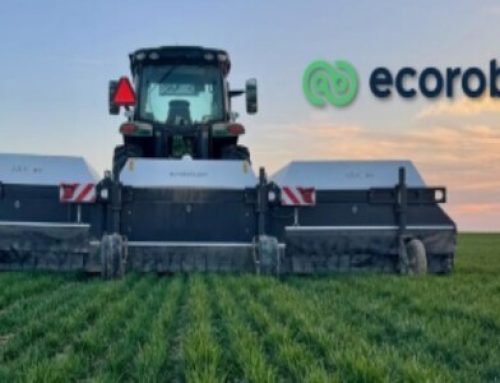by Daniel Munch, Economist, American Farm Bureau Federation
Agricultural land values increased by $200 an acre over last year, according to USDA’s National Agricultural Statistics Service. The Land Values 2024 Summary report, released on August 2, shows a 5% increase to an average $4,170 per acre. This follows a 6.7%, or $250, increase between 2022 and 2023 and marks the fourth consecutive increase in agricultural land values. Cash rent values for cropland were up 3.2% to a record $160 per acre and up 3.3% to $15.50 per acre for pastureland.
This annual report provides one of many indicators of the overall health of the agricultural economy. While record rental rates are an increased production expense for renters, on the flip side, when land values stagnate or decrease, so do collateral values, limiting farmers’ ability to secure loans and access the increased capital needed to acquire higher-cost inputs.
Farm Real Estate Value
The U.S. average farm real estate value, a measurement that includes the value of all land and buildings on farms, clocked in at a record $4,170 per acre. This 5% increase over last year is less than the 6.7% bump between 2022 and 2023 and less than the 11.7% increase between 2021 and 2022, which was the largest change since 2006, when values increased 14% over 2005. The $200 per acre increase from 2023 matches the rise seen between 2020 and 2021, though it falls short of the $250 per acre increase recorded last year and the $390 per acre surge in 2022.
Despite the overall increase in agricultural land values, the rate of growth has decelerated compared to previous years. This deceleration can pose some challenges for farmers. Farmers rely on the equity in their land to finance their operations and investments. Slower growth in land values means slower growth in equity, which can reduce farmers’ ability to leverage their assets for additional capital to purchase inputs like seed and fertilizer. Lenders might perceive a higher risk in lending to farmers, especially if they expect land values to plateau or decrease.
Agricultural land values vary significantly throughout the country, with the highest real estate values concentrated in areas producing high-value crops, such as wine grapes and tree nuts in California. Additionally, areas near urban centers with limited developable land, particularly in Northeast states, experience upward pressure on real estate values from competing uses. Much of the Midwest had higher total comparative agricultural land values, followed by the South and Pacific Northwest, with the Plains and Mountain states experiencing the lowest values.
Cash Rent Increases
NASS also released data on cash rents, with the increases in land values translating to increases in cash rent. Cash rent tends to be more of a lagging indicator, and likely will be reflected in future producer-landlord negotiations.
Average U.S. cropland rent increased to $160 per acre this year, a 3.2% rise over 2023. Irrigated cropland rents increased 3.4% to $245 per acre, while non-irrigated cropland rents increased 2.8% to $146 per acre. Cash rents for pastureland increased 3.3% this year, reaching $15.50 per acre. As pressures on open land intensify across the nation for residential and energy development, leasing cropland becomes less profitable.
These trends have been strengthened by some employees’ ability to work at home or away from a central urban office location, which provides people flexibility to work from rural communities and buy properties that compete with agricultural land use. Previously heightened commodity prices that led to larger increases in cash rents have cooled, paralleling the slowing in ag land values more broadly.
To read the entire article click here.



